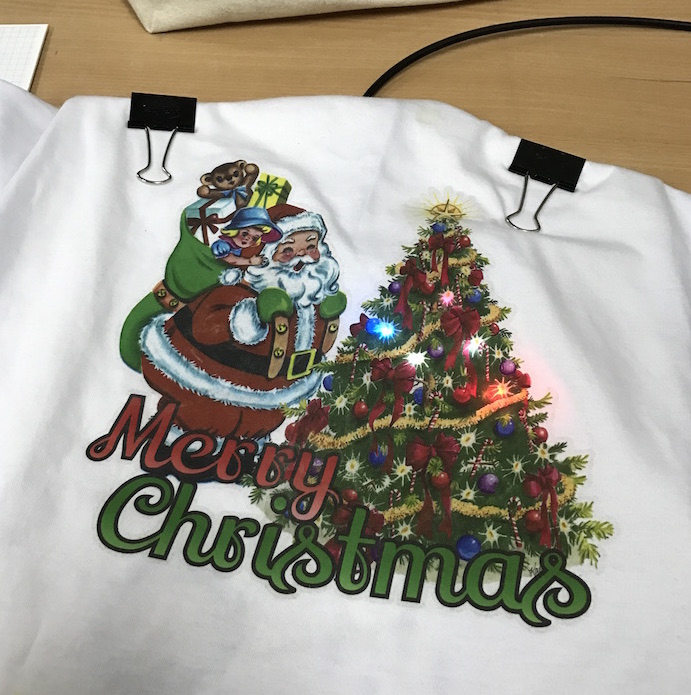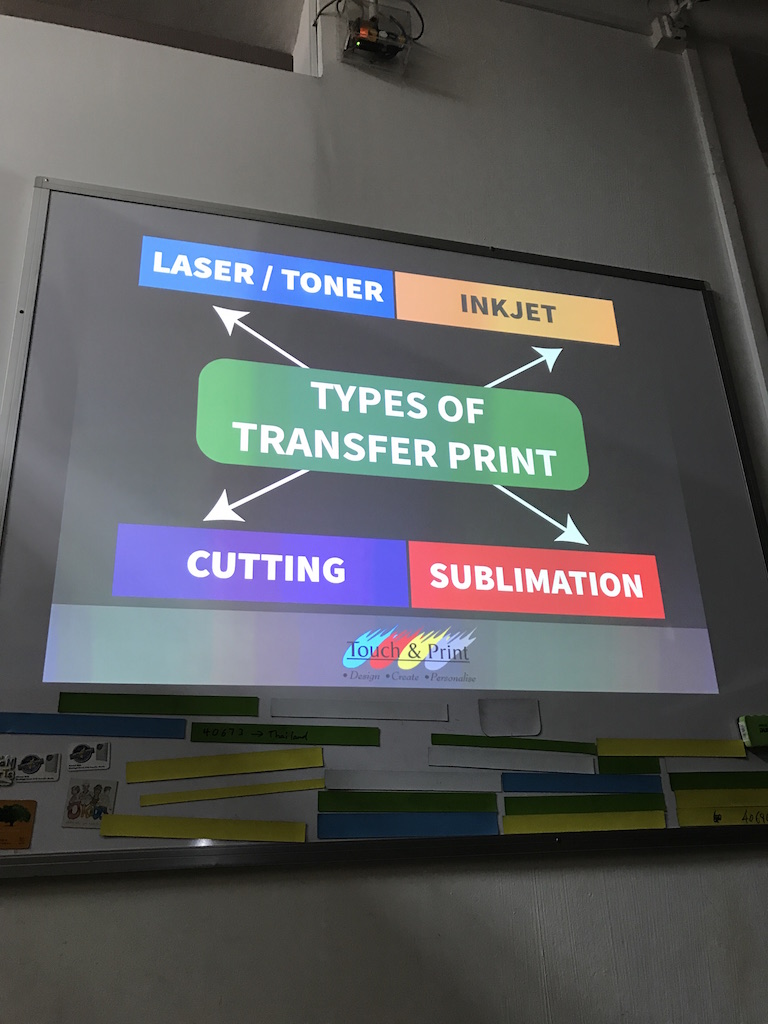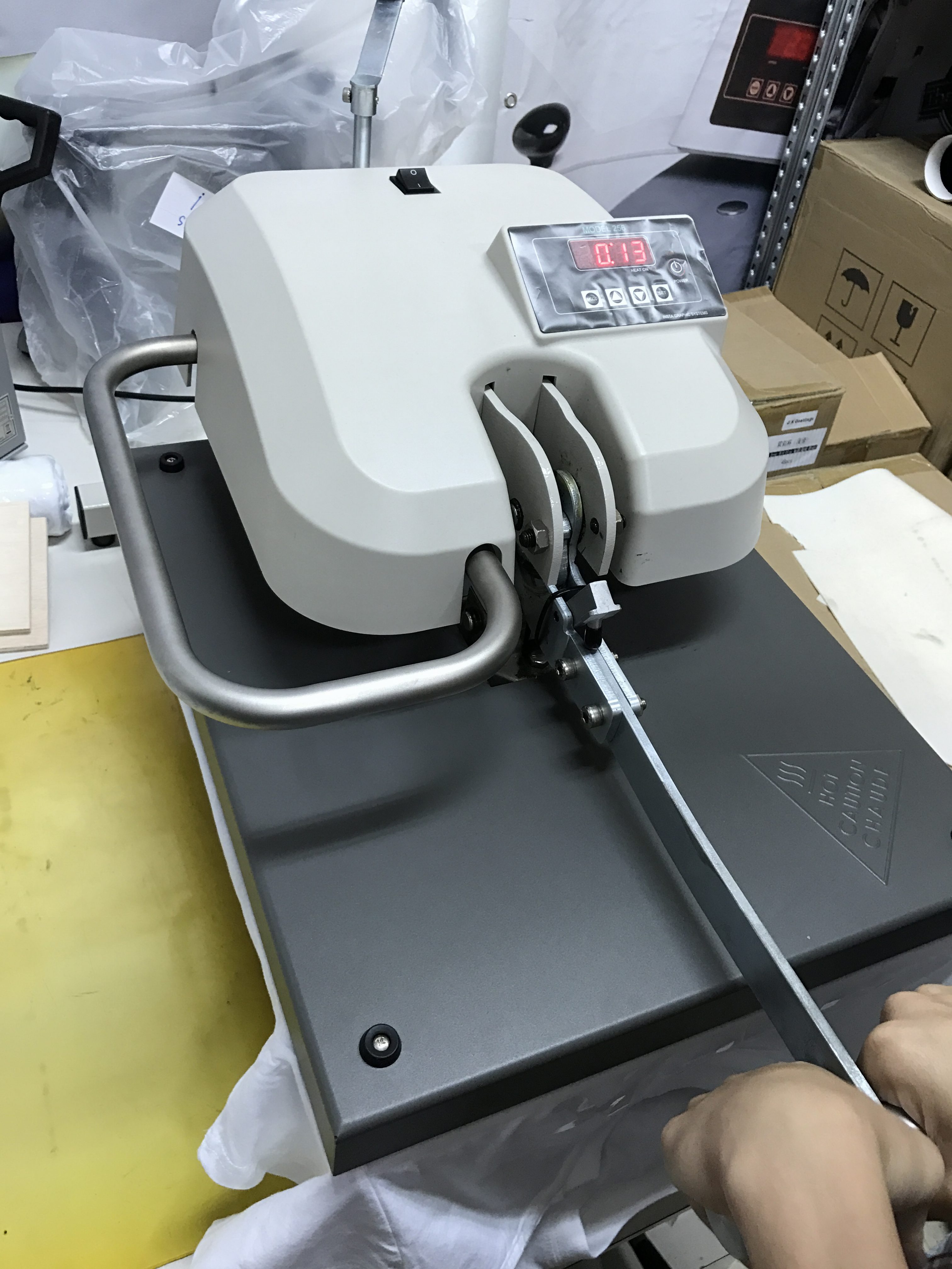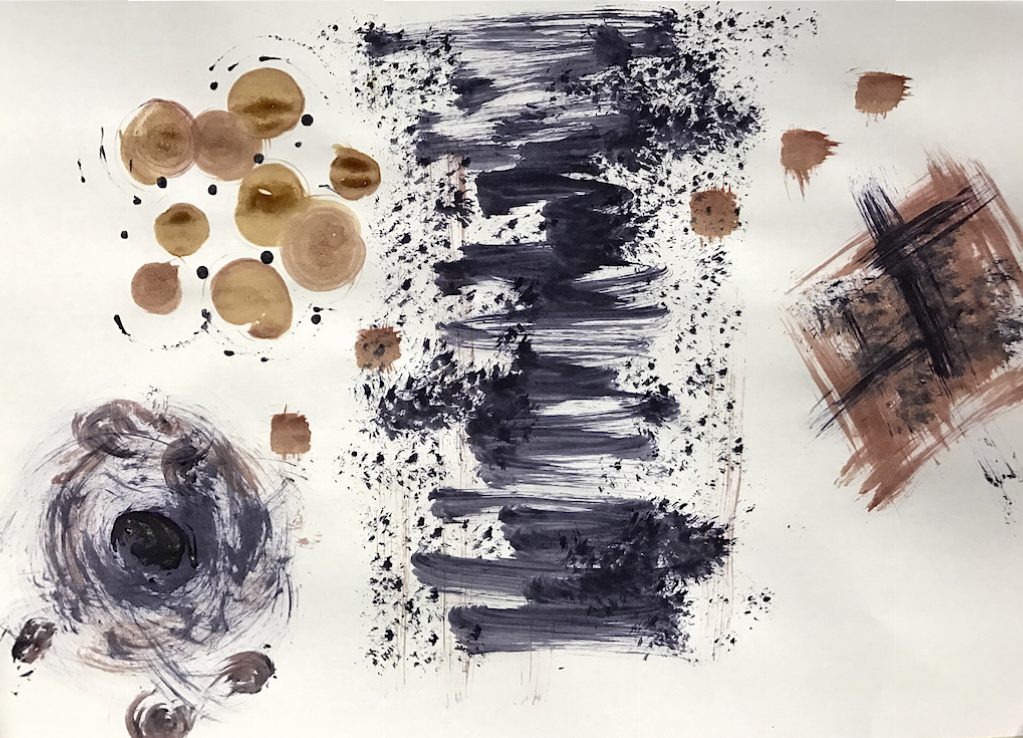
The second field trip was to Touch and Print, a company specialising in transfer printing methods on a wide variety of materials. They do T-shirt printing, printing on mugs, metal, canvases, basically anything with a flat surface. We headed down as a class to Touch and Print’s office located in Bras Besah and were greeted by Leon, the coordinator of the workshop.
Leon started out the workshop with a lecture on heat transfer, colour printing and compositions and the types of papers they sell for transfer printing. We also had the privilege to see some of their cool works like a cardboard cut out chair design that can be made formed into other usable objects.
Transfer printing onto a cotton shirt:
Step 1: Lay the design face down onto the cotton shirt
Step 2: Press down the machine and wait
Step 3: When the timer ends, lift up the heat presser and peel the top sheet off
Step 4: Admire your print!!!
Reflection: This field trip was very fulfilling as we got to see how these items are printed with machines first hand. Leon was also very helpful in answering our questions! The only tedious part about printing these shirts in bulk is that you have to cut out the design out manually before printing. Other than that, it’s a simple technique to do. I like the practicality of this printing method as well.



















